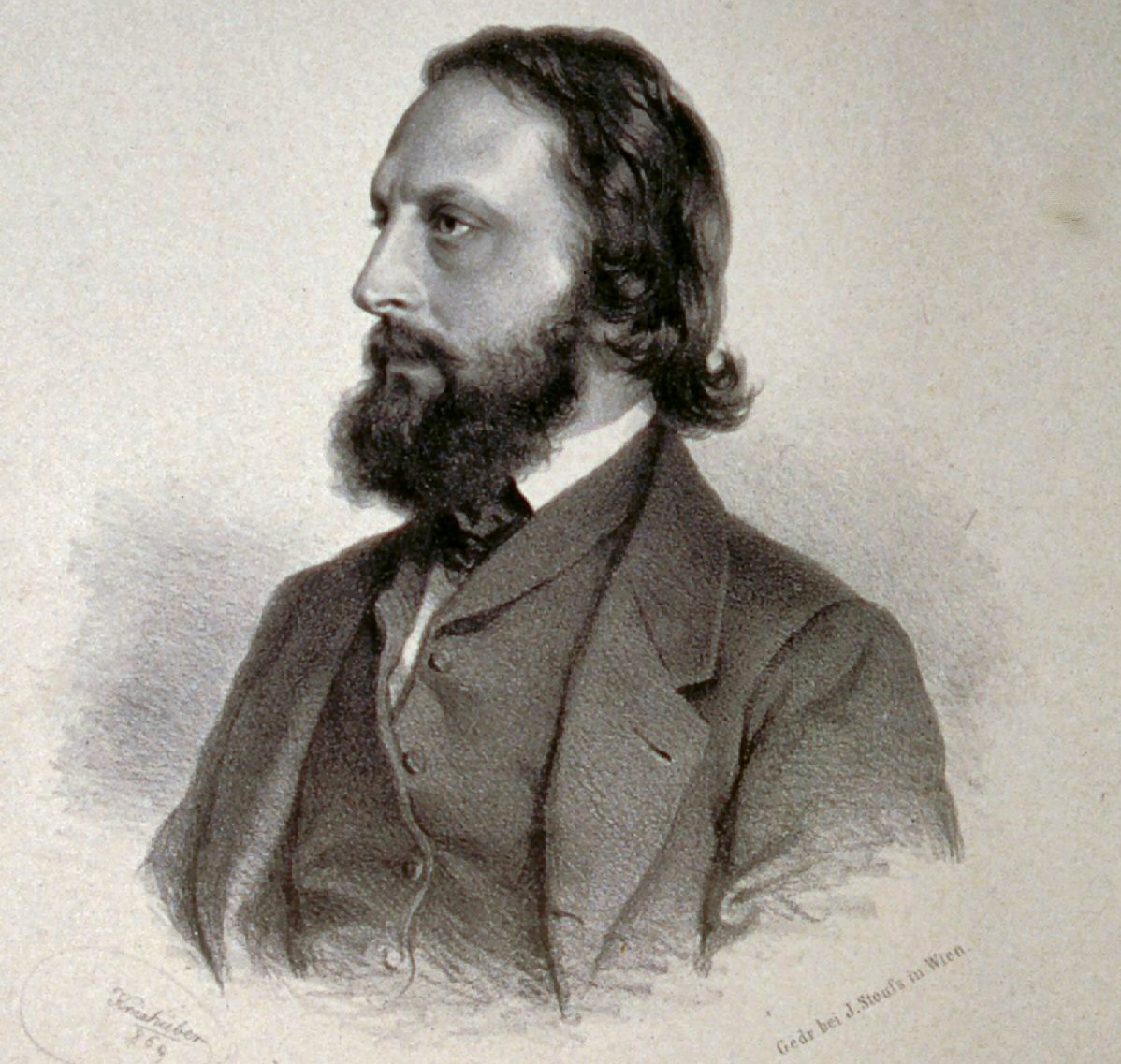Vortrag von Prof. Dr. Jim Secord (Cambridge) im Rahmen der Vortragsreihe „Zwischen Wunderkammer und Wirtshaus. Topographien naturkundlichen Wissens am Hof und in der Stadt“, Mittwoch, 20.6.2018, Forschungszentrum Gotha, Schlossberg 2, Vortragssaal.
What does it mean to be ‘global’? In the decades around 1900, new answers emerged through the natural sciences, and especially geology. Rather than tracing the genealogy of modern plate tectonics, this paper asks why theories about the Earth were proposed in the first place. Syntheses in the age of high imperialism were formulated in diverse places, from Beijing to Buenos Aires.
The most significant, Eduard Suess’s Das Antlitz der Erde (1885-1909) elaborated a perspective drawn from the natural history museum on the Vienna Ringstrasse and the high Alpine peaks of the late Hapsburg Empire. In the interwar era, Alfred Wegener’s theory of drift was discussed, but more generally the pre-war flowering of imperial geology was forgotten in the rush for coal, oil and other resources. When global theorizing was belatedly revived in the 1960s it was in a new geophysical/astronomical form, based on instrumental data gathered in the context of the Cold War.
Beitragsbild: Eduard Suess, Lithographie von Josef Kriehuber, 1869

